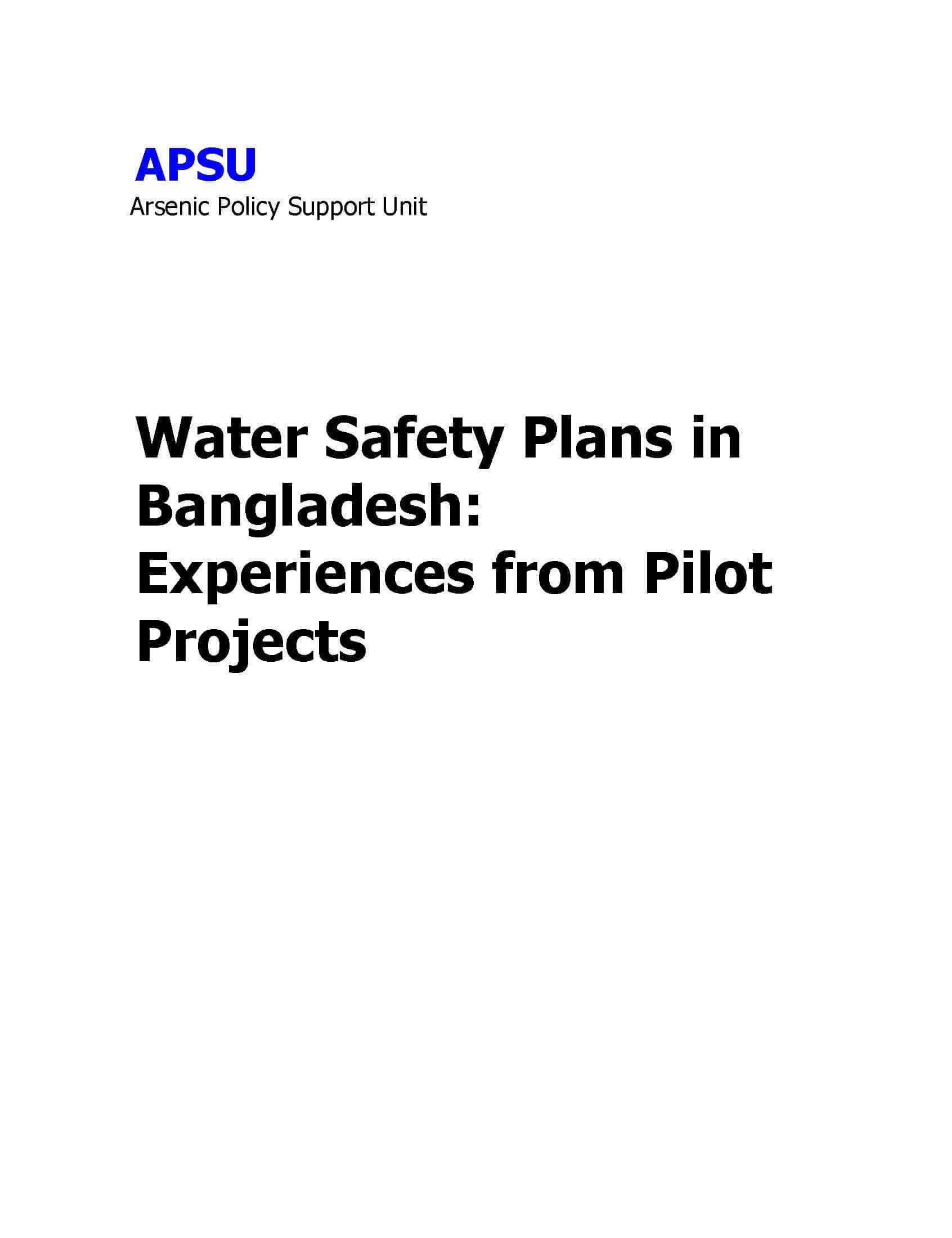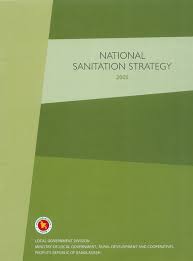Resources
Find journal articles, external publications, and ITN-BUET’s own portfolio of reports and briefs.
Manual on Computerized Evaluation Process and Techniques of Training Undertakings
ITN-BUET has developed a Quality Assurance System or briefly QA System for the training programs by which a balanced evaluation of a training program can be carried out. This document is the manual of that Quality Assurance System model.
Publisher(s): ITN-BUET
First Edition: May, 2008
Water Safety Plans in Bangladesh: Experiences from Pilot Projects
This report describes the process of implementation of Water Safety Plans in Bangladesh since 2004. The focus of attention has been on rural water supplies, although there has also been some experience with Pourshava piped water supplies.
February, 2006
Optimising Multi-Stage Filtration Units for Use in Bangladesh
The research conducted by the ITN Center at BUET provides valuable insights into the design criteria and performance of multi-stage filtration units for water treatment in Bangladesh. The study highlights the importance of different filtration stages, their effectiveness in turbidity and color removal, and the significance of specific design parameters for optimal system performance.
February, 2006
Risk Assessment of Arsenic Mitigation Options (RAAMO)
This report is the output of a risk assessment of arsenic mitigation options that was undertaken by ITN-BUET over a 12-month period with funding from the Arsenic Policy Support Unit (APSU). This study was meticulously designed and involved the inputs from a number of national and international experts. This study is the first of its kind in a developing country and will support balanced decision making by water and health professionals engaged in arsenic mitigation.
Publisher(s): GoB, ITN-BUET, LGD
September, 2005
National Sanitation Strategy 2005
The research highlights the critical importance of sanitation in improving public health and alleviating poverty in Bangladesh. Low sanitation coverage, with only 33% of households having access to hygienic latrines, contributes to high disease burden and healthcare costs. Diarrheal diseases are a major issue, causing child mortality and impeding economic development. Improved sanitation interventions have shown significant positive impacts, reducing diseases and medical costs, increasing productivity, and empowering women. The government aims to achieve 100% sanitation coverage by 2010 through targeted strategies and collaboration with various stakeholders. The research underscores the need for holistic sanitation efforts to break the cycle of disease transmission and enhance overall well-being
Publisher(s): GoB
March, 2005






